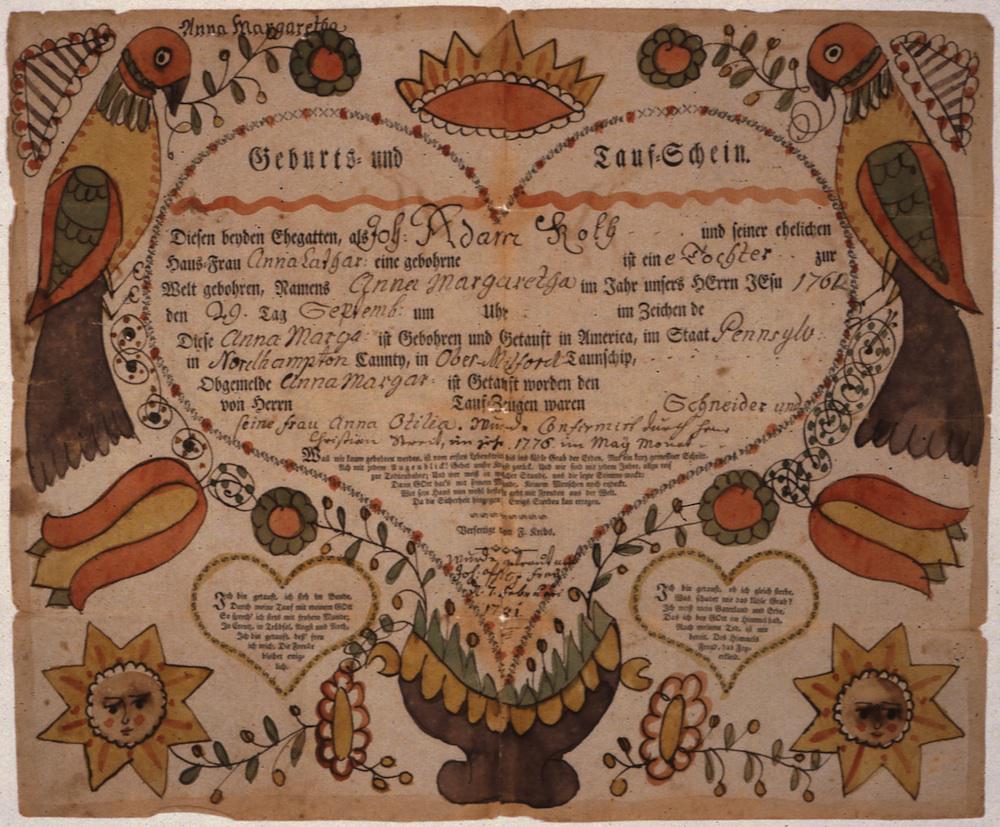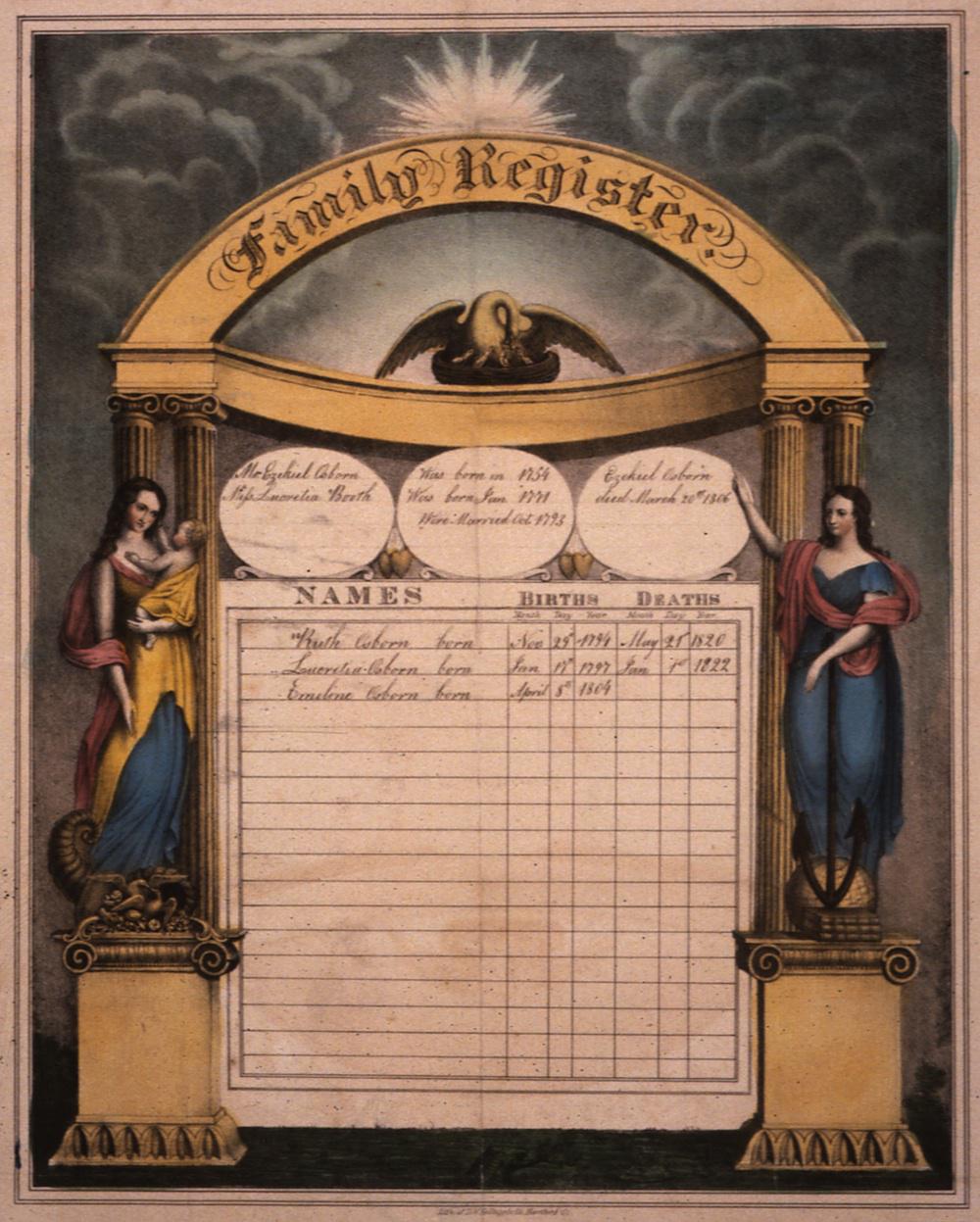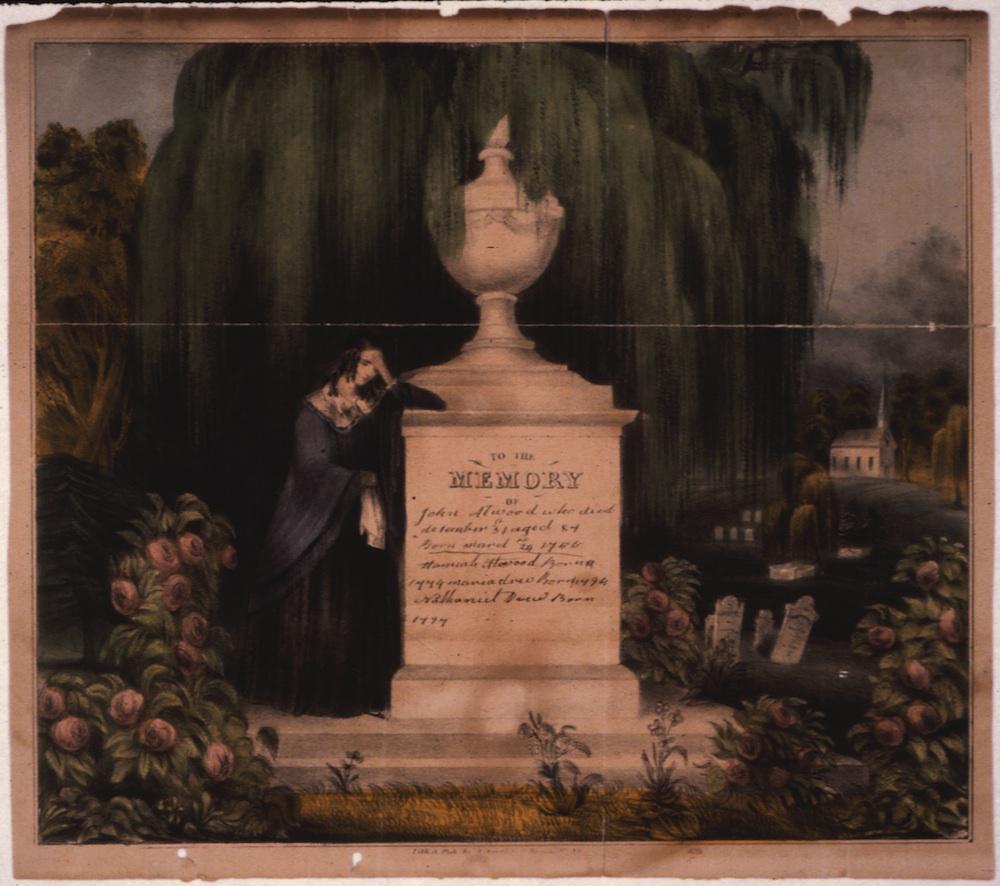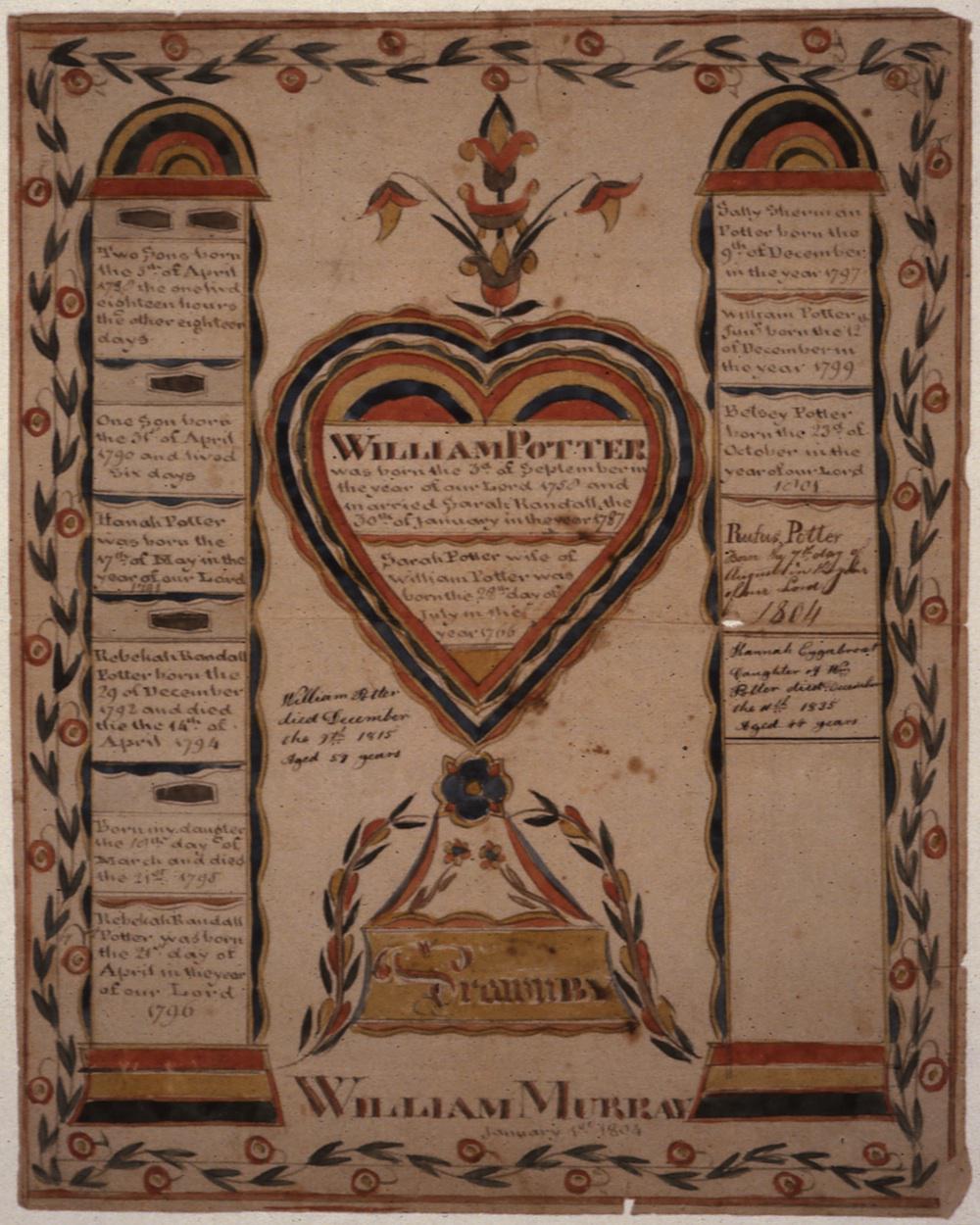The Vault is Slate’s history blog. Like us on Facebook, follow us on Twitter @slatevault, and find us on Tumblr. Find out more about what this space is all about here.
Families of Revolutionary War veterans applying for government pensions had to prove their relationship to the soldier in question. Many of them included illustrated family records in their petitions for payment, which are now kept at the National Archives. (Here are a few pages with more examples of this kind of record.)
The range of types of family records shows the diversity of visual traditions in the young United States. The first image below is hand-illustrated and lettered in German. It’s part of the tradition of fraktur, a Pennsylvania German folk art in which illustrators produced customized documents to mark important points in people’s lives.
Other illustrated records below, in English, may not be fraktur proper but are likewise hand-drawn and personalized. Still other records in the group are mass-produced lithographs, filled in by hand.
These are obviously precious records, with a heavy freight of family history. The fact that relatives would send them in to the government shows both their value as proof of relationship, and the families’ need for compensation.
All of the families who parted with the records below were awarded their pensions.
Click on the images to reach zoomable versions.

National Archives.
Illustrated record submitted by Anna Margaretha Kolb, widow of Philip Frey, of Pennsylvania, who served from 1776 to 1778. Illustration by F. Krebs.

National Archives.
Lithographed Family Register, by D.W. Kellogg & Co. of Hartford, Conn., submitted by Lucretia Osborn, widow of veteran Ezekiel Osborn. The register was signed on the back by Rep. Thomas H. Seymour of Connecticut, perhaps to further vouch for Osborn’s credibility.

National Archives.
Illustrated family record, submitted by Elizabeth McLachlan of New Jersey, wife of Sgt. Colin McLachlan, a six-year veteran of the Canadian Regiment. The National Archives notes that the text at the top of the page and the central star illustration referred to a contemporary brain-teaser: “How do you plant 19 trees in 9 rows, 5 to a row?”

National Archives.
Hand-colored mourning lithograph submitted by Hannah Drew, wife of Francis Adam Drew, fifer in the 2nd New Hampshire Regiment.

National Archives.
Illustrated family record filed by the children of William Potter, a Massachusetts soldier who served six months. The coffins in each section of the two columns indicate deceased family members. On the upper left-hand side, two coffins memorialize twin siblings who died at 18 hours and 18 days old, respectively.